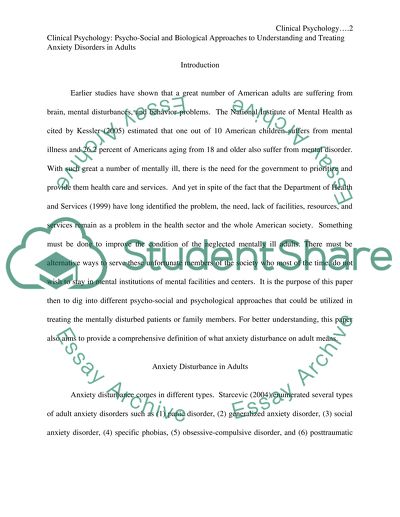Cite this document
(“Psycho-Social and Biological Approaches to Understanding and Treating Research Paper”, n.d.)
Psycho-Social and Biological Approaches to Understanding and Treating Research Paper. Retrieved from https://studentshare.org/psychology/1530442-clinical-psychology-essay
Psycho-Social and Biological Approaches to Understanding and Treating Research Paper. Retrieved from https://studentshare.org/psychology/1530442-clinical-psychology-essay
(Psycho-Social and Biological Approaches to Understanding and Treating Research Paper)
Psycho-Social and Biological Approaches to Understanding and Treating Research Paper. https://studentshare.org/psychology/1530442-clinical-psychology-essay.
Psycho-Social and Biological Approaches to Understanding and Treating Research Paper. https://studentshare.org/psychology/1530442-clinical-psychology-essay.
“Psycho-Social and Biological Approaches to Understanding and Treating Research Paper”, n.d. https://studentshare.org/psychology/1530442-clinical-psychology-essay.


